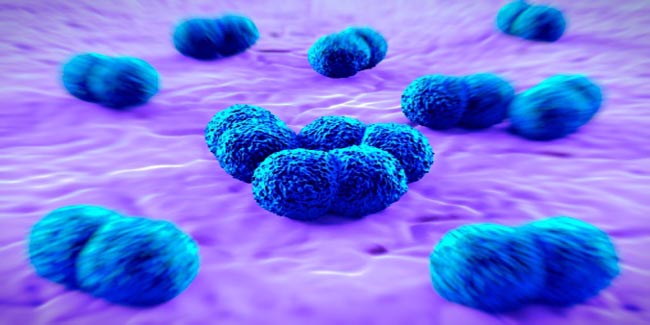For several decades, nonspecific methods, which depend upon raised globulin levels, have been used in the diagnosis of VL. Some of the tests used for detecting these nonspecific immunoglobulins are Napier's formol gel or aldehyde test and the Chopra antimony test. Since these tests depend upon raised globulin levels, results can be positive in a host of conditions (13, 14). Lack of specificity, as well as varying sensitivities, renders them highly unreliable.
Several immunodiagnostic methods which are more sensitive and specific have been developed. They are useful in identifying specific cases and can be used for community surveillance. The human body makes an attempt to fight against VL by producing some of the highest levels of antibodies found in response to any disease, all to no avail. This is due to polyclonal activation of the B cells, resulting in marked elevation of levels (in serum) of immunoglobulin G (IgG) and IgM against various nonspecific proteins and haptens (23). The consistent presence of high levels of antibodies against parasite antigens can simplify diagnosis of VL. Several serological techniques are based on detection of these antibodies. The specificity of the antibody depends upon the antigen or epitope used in the test, as the parasite stimulates production of a wide array of antibodies, including group-, genus-, and species-specific antibodies. Therefore, the sensitivity may depend upon the test and its methodology, but the specificity will depend on the antigen rather than the serological procedure used. In most serological tests, the sensitivity and specificity data are compared against demonstration of parasites in various tissues.



 Contact Us
Contact Us







 Hospitals
Hospitals
 Doctors
Doctors
 Diagnostic
Diagnostic
 Pharmacy
Pharmacy
 Health Tips
Health Tips
 Blog
Blog

























Comments